injection molding
what is injection molding?
Injection molding is a manufacturing process for producing parts by injecting material into a mold. It is most commonly used in mass-production processes where the same part is being created thousands or even millions of times in succession. The injection molding process uses a granular plastic that is fed from a hopper into a heated barrel. The plastic is melted in the barrel and then injected into a mold where it cools and hardens to the configuration of the mold.
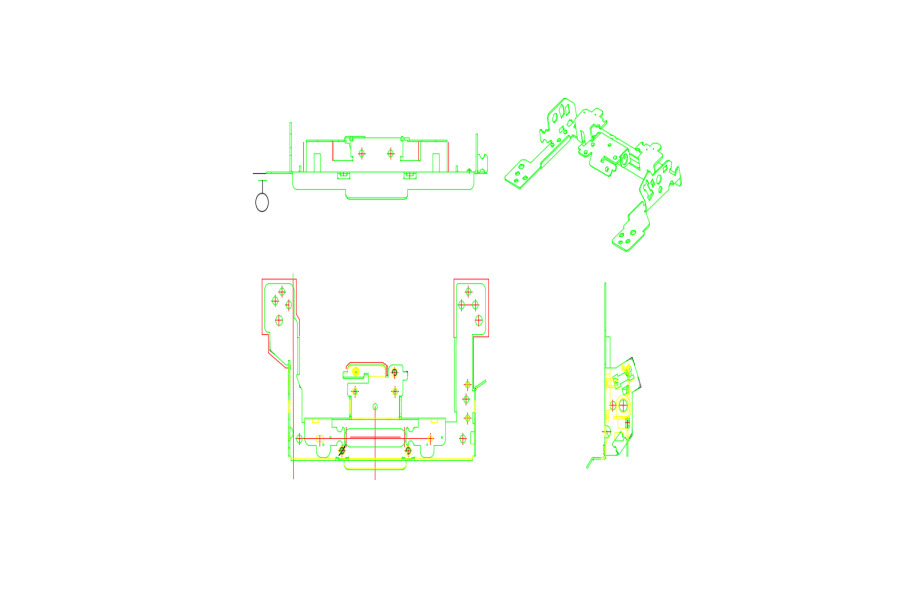
Injection molding production environment requirements
1. Proper temperature and humidity: The temperature in the injection molding production environment should be between 18°C and 23°C, and the relative humidity should be between 40% and 60%.
Injection molding production temperature control is typically managed by a thermostat, which is programmed to the desired temperature. The thermostat will monitor the temperature and adjust the flow of heated air or water, as needed, to keep the molding machine at the desired temperature. The process of controlling the temperature of the injection molding machine is referred to as thermal control.
2. Clean and dust-free: The dust content in the air should not exceed 100mg / m3, and the dust content on the work surface should not exceed 0.5mg / m2.
A. Temperature: The temperature range should be maintained between 68°F and 77°F (20°C and 25°C).
B. Humidity: The relative humidity should be between 45-55%.
C. Airflow: The air should be recirculated in a laminar flow pattern to minimize turbulence and particulate contamination.
D. Particulate Contamination: The clean room should be designed to minimize the amount of airborne particles and other contaminants.
E. Ventilation: The clean room should be equipped with an adequate ventilation system to maintain a clean environment.
F. Lighting: Lighting levels should be kept low to reduce the amount of dust particles that could be attracted to the injection molding machine.
G. Cleanliness: All surfaces in the clean room should be kept clean and free of dust and debris.
H.Monitoring: The clean room should be monitored regularly to ensure that the environment is at the required specifications.
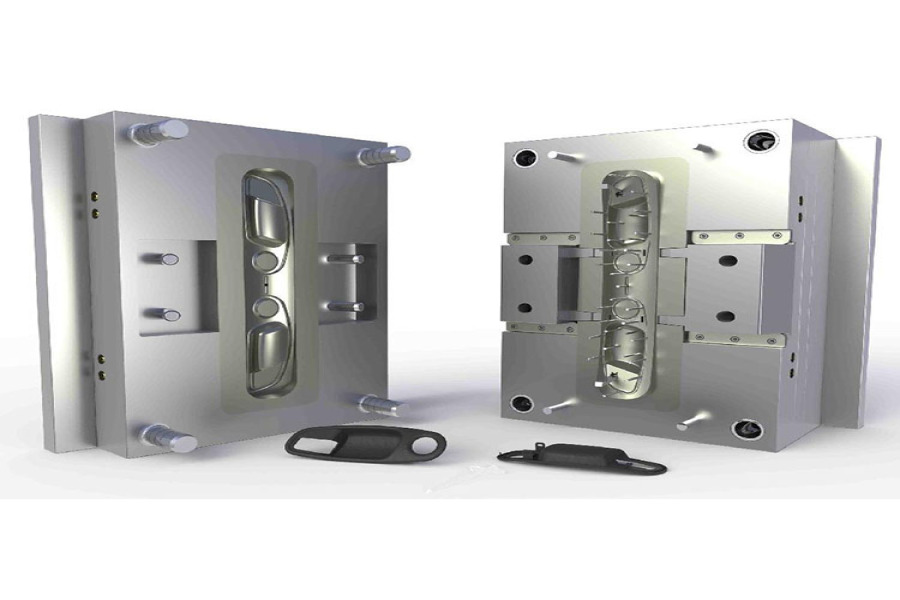
3. Ventilation: The injection molding production environment should have good ventilation, and air exchange rate should be ≥ 10 times / hour.
Injection molding workshop ventilation equipment typically includes a central air exchange system, a dust collection system, an exhaust system, and a filtering system. The central air exchange system is used to provide fresh air to the workshop and remove hot air and fumes. The dust collection system captures dust particles from the air during the molding process. The exhaust system collects and removes fumes, smoke, and other pollutants from the air. Finally, the filtering system removes any remaining particles from the air.
4. Illumination: The illumination of the injection molding production environment should be greater than 450 lux.
Injection molding workshop lighting standards vary depending on the size, complexity and purpose of the workshop. Generally, the standard for industrial workspace lighting is to provide a minimum average illumination level of 75 to 120 lux. This is typically accomplished through fluorescent or LED lighting fixtures. For more detailed or complex operations, the illumination level should be increased to 150 to 500 lux. Additionally, task-specific lighting should be provided where necessary to ensure that operators have the necessary visibility to complete their tasks safely and efficiently.
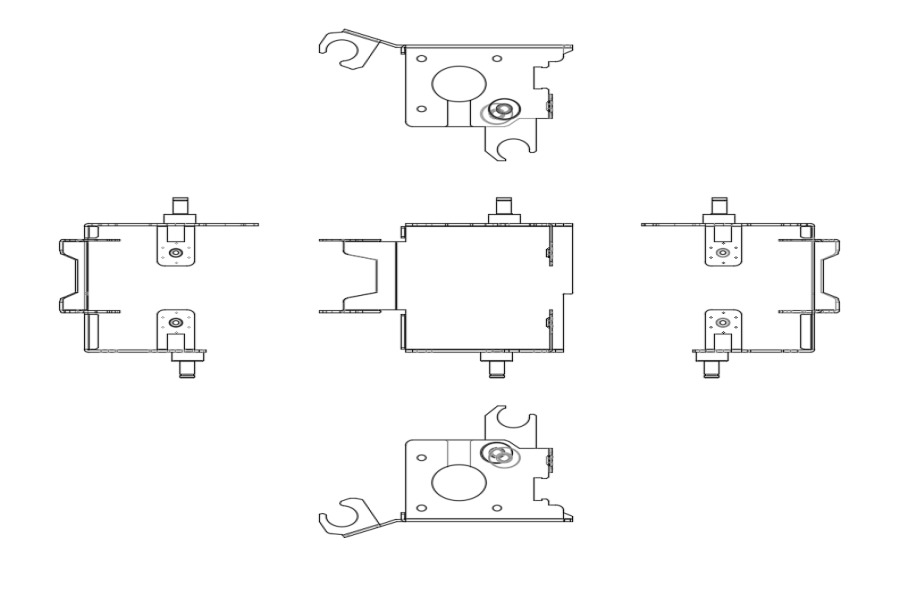
5. Static pressure: The static pressure of the injection molding production environment should be maintained between 0.1 and 0.2 MPA.
1). All workers must wear personal protective equipment (PPE) when operating any machines or working with hazardous materials.
2). All machines must be regularly maintained and inspected to ensure that they are in good working order.
3). All workers must be trained in safety procedures and regularly informed of any changes in safety regulations.
4). All hazardous materials must be stored and handled in accordance with safety regulations.
5). All machines must be kept clean and free of debris.
6). Proper ventilation must be provided in the workspace to prevent toxic fumes from accumulating.
7). All workers must be informed of the potential health risks associated with working with hazardous materials and provided with appropriate safety equipment.
8). All workers must be provided with adequate breaks and rest periods throughout the day.
9). All workers must be informed of the potential fire hazards associated with injection molding and provided with appropriate fire safety equipment.
10). All workers must be informed of the risks associated with working with electricity and provided with appropriate electrical safety equipment.
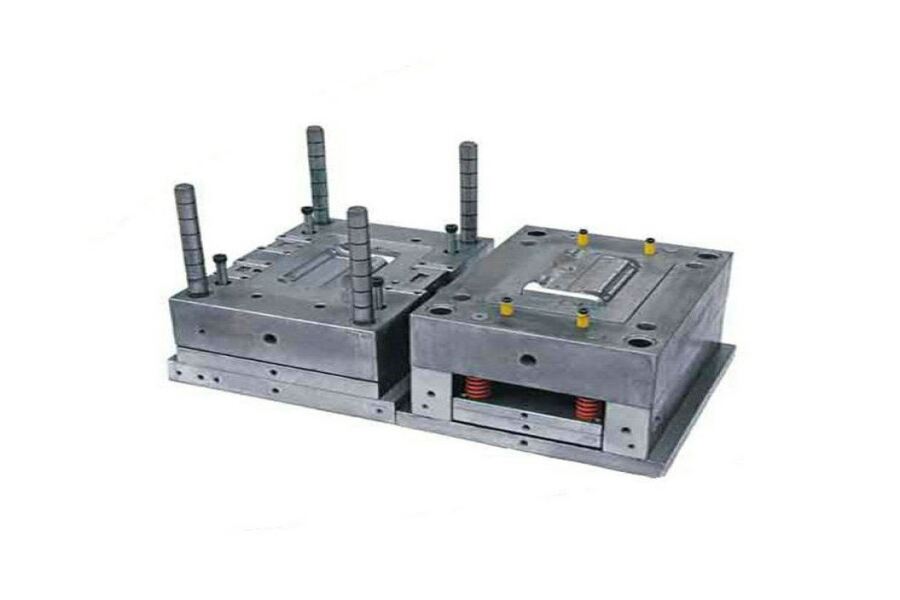
6. Noise: The noise in the injection molding production environment should not exceed 80dB (A).Injection molding is a process in which plastic injection mold or metal parts are created by injecting molten material into a mold. This process can be quite noisy and can create a variety of different sounds, from the hissing of air to the loud thud of the injection molds. To reduce the amount of noise generated by injection molding, several noise control measures can be taken.
1). Acoustic Enclosures: Acoustic enclosures are a common noise control measure used in injection molding. These enclosures are designed to absorb and contain the sound energy generated by the injection molding process. Acoustic enclosures are typically constructed from sound-absorbing materials, such as foam or fiberglass, and are designed to reduce noise levels by up to 40 dB.
2). Sound Insulation: Sound insulation can also be used to reduce the amount of noise generated by injection molding. This involves creating a barrier between the injection molding machine and the surrounding environment, reducing the amount of noise that can escape. Sound insulation is typically constructed from materials such as rubber, foam, or fiberglass.
3). Air Compressors: Air compressors are often used to reduce the amount of noise generated by injection molding machines. Compressors can be used to reduce the amount of noise generated by the injection molding process by reducing the air pressure in the machine. This will reduce the amount of noise that is generated by the injection process and can reduce the overall noise level by up to 10 dB.
4). Mufflers: Mufflers are also used to reduce the amount of noise generated by injection molding machines. Mufflers are designed to absorb and contain the sound energy generated by the injection process, reducing the overall noise level. Mufflers are typically constructed from sound-absorbing materials, such as foam or fiberglass, and can reduce noise levels by up to 30 dB.
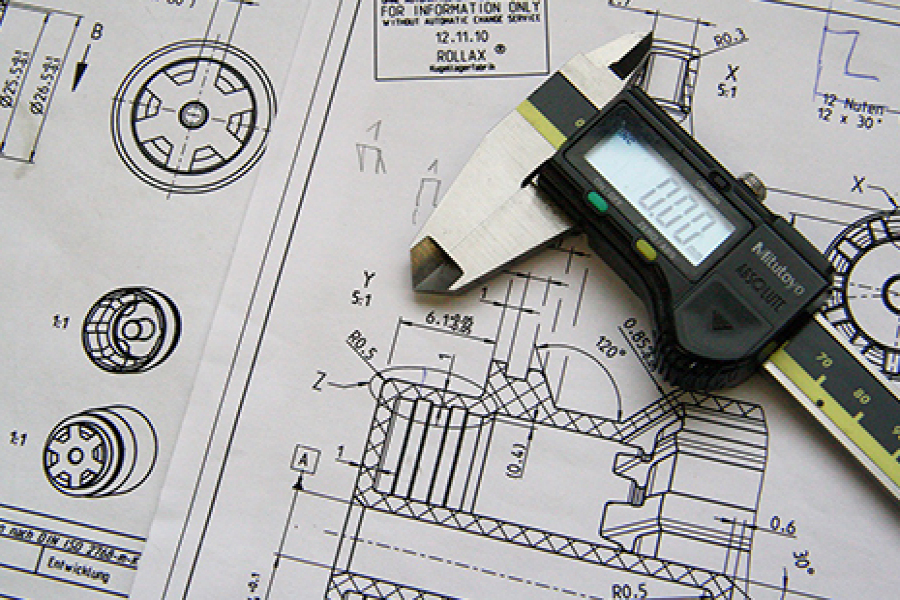
Advantages of China in injection molding
1. Cost-effectiveness: China mold manufacturer has a huge manufacturing base and labor is relatively cheap compared to other countries. This makes it an ideal choice for large-scale production.
2. Skilled labor: The Chinese workforce is highly skilled and experienced in injection molding.
3. Accessibility: China is well connected to the rest of the world with good transport links, making it easier to transport your goods.
4. Speed: The production speed in China is faster than in other countries, allowing you to get your products to market quicker.
5. Quality: The quality of the injection molded parts produced in China is often higher than that in other countries.
6. Variety: China has a wide range of injection molding machines and materials available, allowing you to create a variety of products.
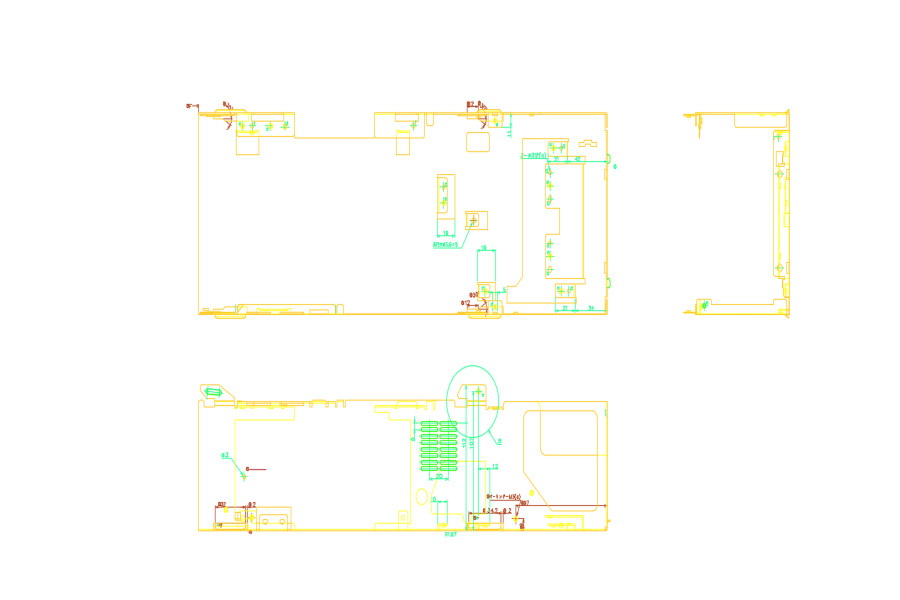
Matters needing attention in cooperation with plastic mold manufacturers
1. Make sure to provide the correct mold design drawings, otherwise the mold cannot be made correctly.
2. If any modifications need to be made to the mold design, the injection molding manufacturer should be informed as soon as possible to avoid unnecessary costs and delays.
3. Provide accurate product size, material and other requirements to the injection molding manufacturer to better guarantee the quality of the product.
4. Make sure the injection molding machine size is appropriate for the product size and material properties.
5. Make sure the injection molding manufacturer has the necessary inspection and testing equipment to ensure the quality of the product.
6. Make sure the injection molding manufacturer has the necessary safety and environmental protection measures in place to ensure the safety of the workers and to protect the environment.
7. Regularly communicate with the injection molding manufacturer to ensure that the production process meets the requirements.
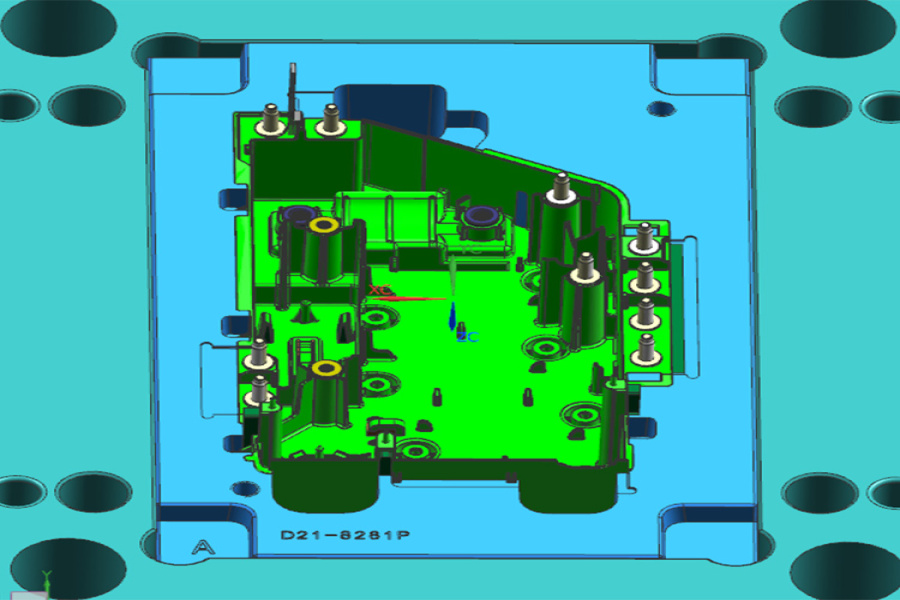
How to test the reliability of injection molding equipment
1. Perform Preventative Maintenance: A key step in ensuring reliable injection molding equipment is to perform regular preventative maintenance. This includes cleaning and lubricating the moving parts, checking the seals, and ensuring all of the screws and bolts are tightened.
2. Inspect the Mold: Inspecting the mold is another important step in ensuring reliable injection molding equipment. Make sure the mold is free of any damage, cracks, or other defects that could cause the injection molding process to be unreliable.
3. Test the Temperature and Pressure Settings: Make sure to test the temperature and pressure settings of the injection molding equipment to ensure they are accurate and consistent. This will help ensure the quality of the injection molded parts is reliable.
4. Run Test Parts: Finally, run test parts to make sure the injection molding equipment is running correctly and producing parts to the desired specifications. This will help ensure the injection molding process is reliable.
Injection molding production process cover the following.
The injection molding production process covers the entire production cycle from design and tooling to production and post-processing. The process includes the following steps:
1. Design: Create a 3D model of the product and develop a tooling plan.
2. Tooling: Create the injection mold tooling from the 3D model.
3. Production: Injection mold the plastic parts using the injection mold tooling.
4. Post-Processing: Trim excess plastic flash, de-gate and de-burr the parts, and package the parts for shipment.
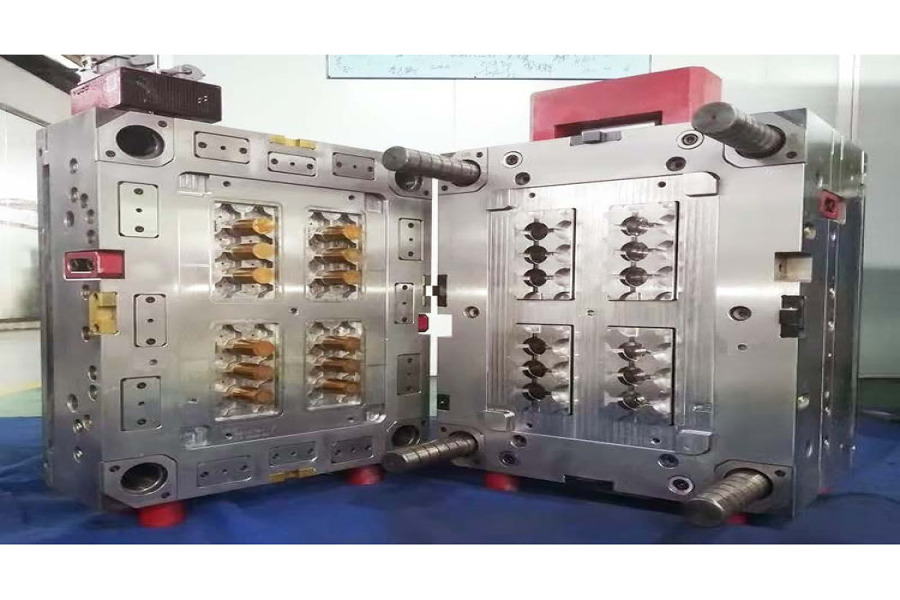
Injection Molding Production Operation Instructions
1. Prepare the injection molding machine for production. Ensure that the machine is in good working order and all necessary safety precautions are in place.
2. Load the raw plastic material into the hopper and set the desired temperature on the control panel.
3. Check the mold to ensure that it is properly clamped and securely attached to the machine.
4. Set the injection speed and pressure on the control panel and ensure that the settings are correct.
5. Start the injection cycle and monitor the process to ensure that the plastic is being injected properly.
6. Monitor the product for quality and consistency.
7. Collect the finished product and package it for shipment or store as needed.
8. Clean and maintain the injection molding machine and all parts.
9. Record all production data and keep it on file.
10. Follow all safety regulations and use proper safety gear while operating the machine.
Eilte Mold has 9 advantages in injection molding
1)High precision: Injection molding provides high accuracy for complex parts with tight tolerances. 2)Reproducibility: Injection molding produces parts with consistent dimensions and properties each time. 3)Low labor costs: Automated injection molding machines reduce labor costs and waste. 4)High speed: Injection molding machines can produce parts quickly. 5)Low scrap rates: Injection molding produces very little scrap. 6)Versatility: Injection molding can produce parts with a variety of materials, shapes and sizes. 7)Design flexibility: Injection molding can be used to produce parts with complex geometries. 8)Low tooling costs: Injection molds are relatively inexpensive to produce. 9)Automation: Injection molding machines can be automated for increased efficiency.
Our Certificates
By co-operating with Elite Mold, you have selected one of the most reliable ISO 9001 certified plastic mold manufacturer, Elite Mold as a plastic injection mold manufacturer specializing in plastic injection mold and supplying plastic injection molding services for plastic mold design, prototype makings, mold flow analysis, precise machining, OEM services, ODM services and so on, building custom plastic injection molding. We are committed to enhance the Process optimized and quality of service, shorten lead time and assist in lowering inventory, by providing new products every year to bring in continuous and higher profits for our clients. The ability to produce mold at the International standard, strong engineering and mold design capability, aggressive delivery, competitive pricing and business integrity continues to be the success factor of Elite Mold.






